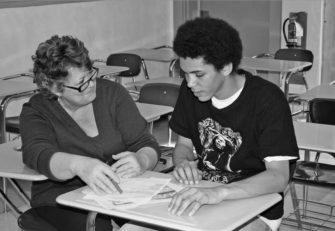 Lila wrote that Celie, from The Color Purple, was a
Lila wrote that Celie, from The Color Purple, was a
I am a record
on your shelf
the one
dressed
in dust and age. . .
the one
your liquor-heavy fingers
find
on days
your red-water eyes
don’t know the difference
Don wrote that she was the “cold hard black floor/everyone walked on.” Both students capture the essence of Celie through their poetry.
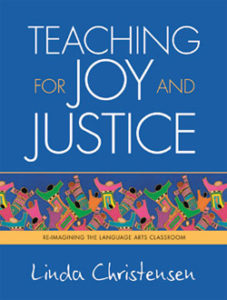 Over the years, I have learned that sometimes writing a poem or interior monologue from history or literature can create a space in the classroom for a different way of knowing, a different way of expressing knowledge about a fictional character or a historical decision. My skin, my blood, my bones understand events before my mind catches up and processes the information.
Over the years, I have learned that sometimes writing a poem or interior monologue from history or literature can create a space in the classroom for a different way of knowing, a different way of expressing knowledge about a fictional character or a historical decision. My skin, my blood, my bones understand events before my mind catches up and processes the information.
Too often, learning becomes recitation, the dull retelling of facts, but writing poetry helps unleash sorrow or joy, the human understanding of loss and creation across cultures, centuries, and continents, so I try to create opportunities for students to demonstrate their knowledge through poetry and interior monologues as well as essays. Because my units extend for five to 10 weeks, poetry also provides new venues for students to explore their understanding of the unit. Writing poetry creates breaks for us to review concepts, materials, and re-engage in our studies with new sensibilities.
. . .
Write That I . . .
Many years ago, I found a wonderful poem about a woman on a balcony. The poem started, “Write that I . . . ” In the jumble of my file cabinets and my moves, I lost the original poem, but I didn’t lose my love for this opening, so I wrote a poem from the point of view of Molly Craig, the main character in the movie Rabbit-Proof Fence to use as a model with students.
Rabbit-Proof Fence is a film about the Australian government’s policy of placing mixed-race Aboriginal children in boarding schools. I begin by reading my poem “Molly Craig” out loud. I ask students to highlight the poem with two colors of highlighters: “Highlight the repeating lines in one color. For example, ‘Write that I’ is a repeating line. What other lines repeat? Highlight the details about Molly’s life in the other color.”
Students usually identify the lines “write that I,” and “tell them,” etc. But if they don’t, I point out that the poem uses a series of phrases that help weave the content together:
Write that I; tell them that I; when you write my story, say that I. Students are also quick to point out all of the details from the movie. If they don’t notice, I show them that I use specific information: Names of people and places, dialogue from the movie, characters’ actions. Now that they have student models, I ask students to look at how Jayme Causey used the repeating line “Write that I. . .” in his poem about the Soweto Uprising.
Once students understand that frame of repeating lines — write that I, say that I, when you tell my story — I encourage them to add phrases that would hook their poem forward. “What other phrases could you use to anchor your stanza?” Continue reading.
This lesson was published by Rethinking Schools in Teaching for Joy and Justice: Re-imagining the Language Arts Classroom. For more lessons like “Unleashing Sorrow and Joy: Writing Poetry from History and Literature,” order Teaching for Joy and Justice with two dozen lessons and articles for language arts and social studies classrooms by Linda Christensen. See additional books by Christensen below.

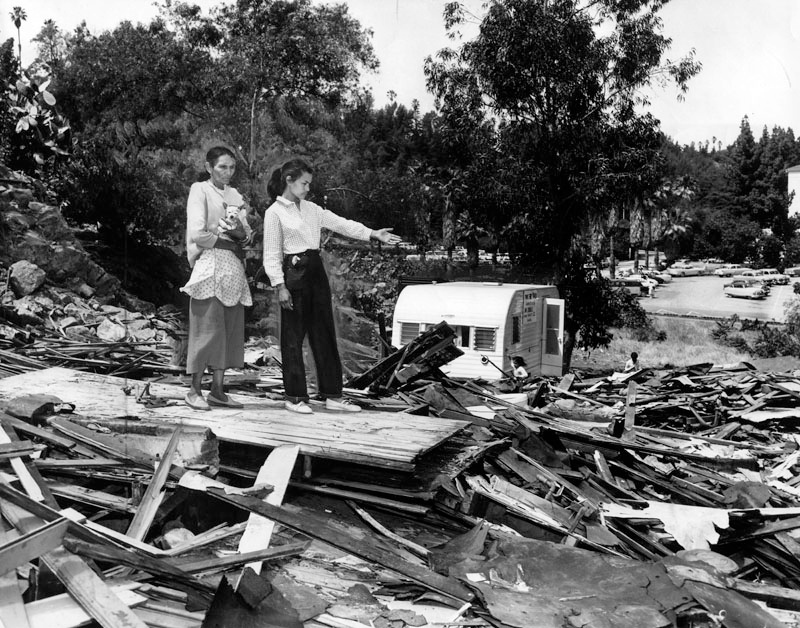
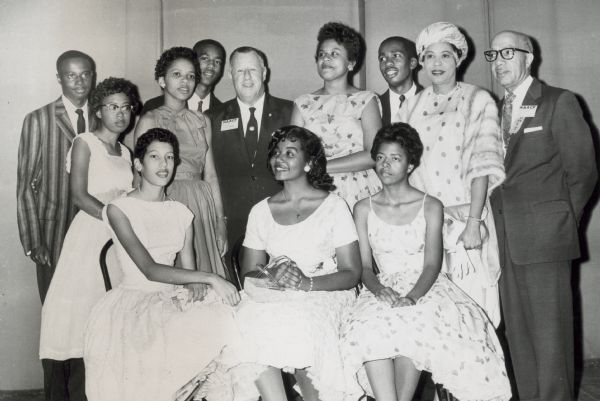
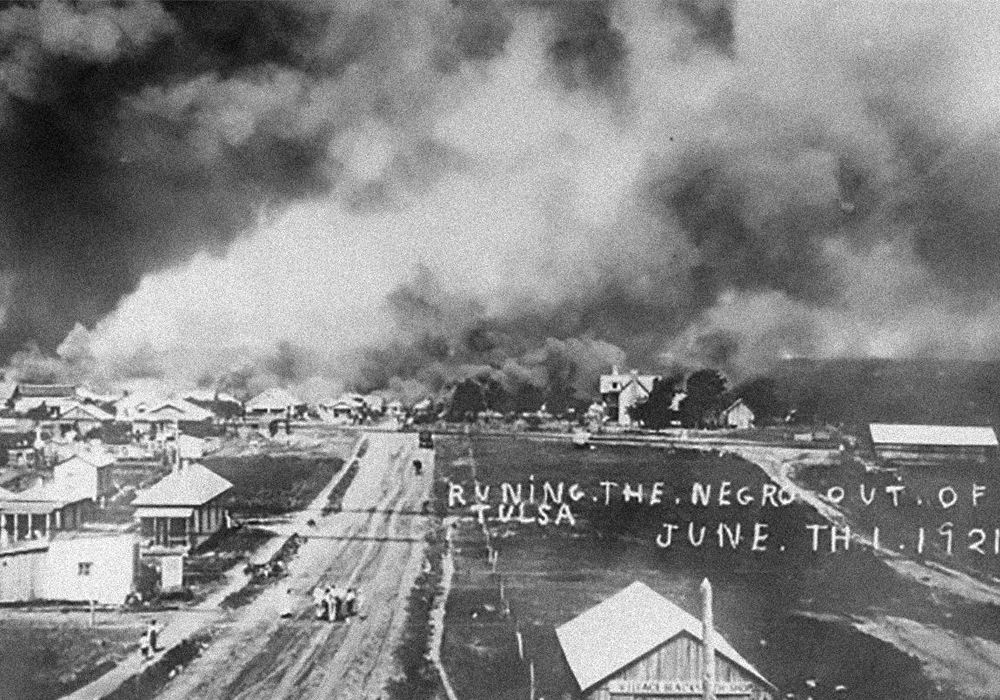
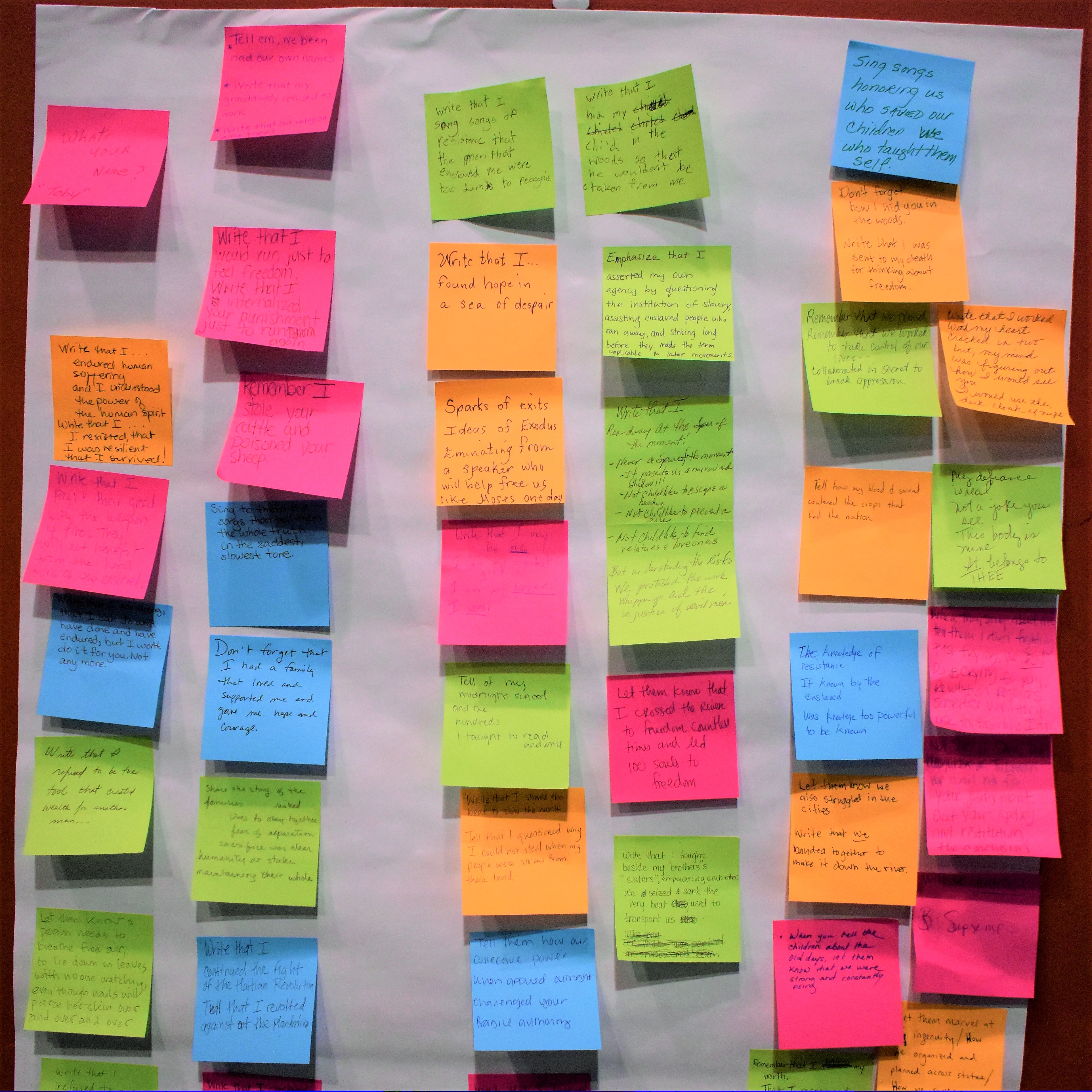
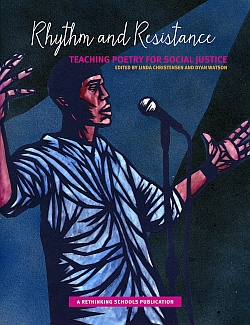
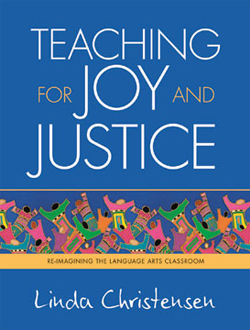






Twitter
Google plus
LinkedIn